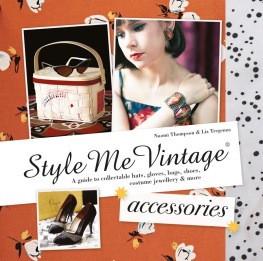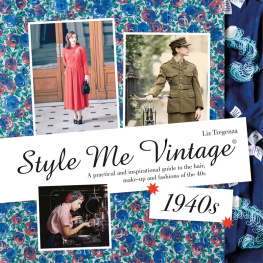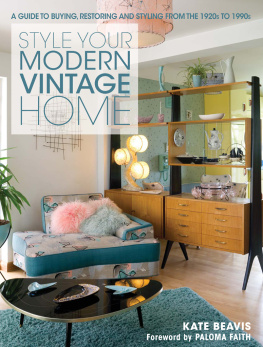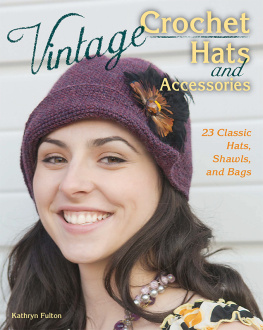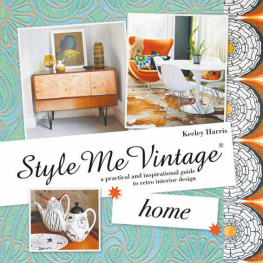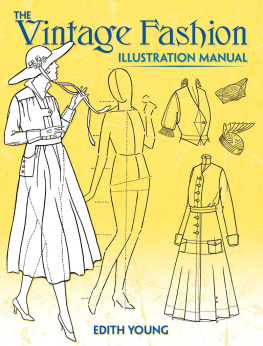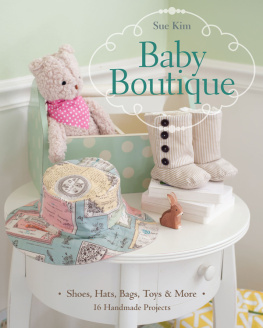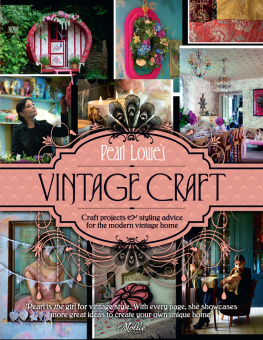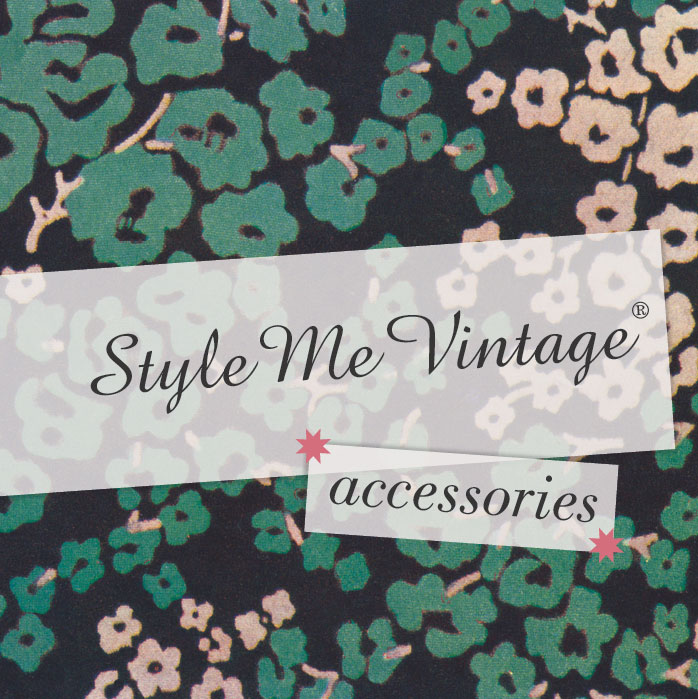



Contents
INTRODUCTION
Are you looking for small touches that will add a big impact to your outfit?
Are you looking to start a manageable vintage collection of accessible objects that you can enjoy now and potentially profit upon later?
Have you ever you ever lusted after a piece by a high-end couturier? Dior or Balenciaga, perhaps?
These are just some of the numerous benefits to collecting vintage accessories. We also believe herein lies the future of vintage collecting. As vintage aficionados we have both seen a gradual shift in the vintage retail and collecting landscape. On one hand clothes are becoming harder to find, and when you do they are rarely the affordable option they once were. It was inevitable that this was going to happen at some point. Demand has outstripped supply and the modern trend for wearing vintage styles means the pool has got smaller. This brings to the forefront the humble accessory, now at an exciting stage for new and old collectors alike. Thanks to the recent recognition that the vintage clothing market has received, these senescent handbags, scarves and even costume jewels are now desirable commodities in their own right. The market is ripe for both buyers and sellers.
Style-wise, accessories are the cherry on the cake for those who seek a period-accurate look, whilst also offering a source of complete style individuality for those who want to decorate themselves with something unique and special.
Accessories often transcend eras. The acquisition of classic status means an item originally created over 80 years ago can look effortlessly chic paired with garments from any decade. And if that is not enough, accessories offer an affordable and thus easy way to buy into highly desirable vintage and heritage brands that would otherwise be out of reach.
Money doesnt buy elegance. You can take an inexpensive sheath, add a pretty scarf, gray shoes, and a wonderful bag, and it will always be elegant. Carolina Herrera


These platform shoes by Lotus are one of Lizs most prized possessions. The original owner wore them to her wedding in 1948.
Accessories are easy to store, and are less prone to the perils of moth and rot. Depreciation due to wear is slower, so you can enjoy most purchases without the fear of excessive damage.
Many accessories can also act as beautiful decorative items for the home. Unlike clothes, that tend to require careful storing away in a wardrobe, many types of vintage accessory can be used to create fabulous displays. Think decorative piles of hatboxes or parasols, a mannequin covered with sparkling vintage brooches, or a vintage silk shawl draped over a bed.
But why do we love vintage accessories so much? The primary reason is because accessories are, quite simply, accessible. It doesnt matter what shape, size or age you are, anyone can appreciate, enjoy and collect vintage accessories. Vintage accessorizing is not necessarily about recreating the look of a certain era we want to demonstrate how endlessly wearable vintage accessories can be, and how to become a savvy and knowledgeable collector. Quality over quantity, whilst not breaking the bank, is our mantra.

Naomi: Growing up, I was in awe of my mothers oversized gold earrings. These Christian Lacroix earrings were purchased in Barcelona in the early 90s.

The Red Hat, fashion illustration by Gordon Conway, 1929. Note the matching cigarette holder and demi-parure of ring and cuff, designed to complement the red cloche hat.
This book is organised by individual categories of accessory rather than by decade, so each chapter will maximise the knowledge imparted to you, the reader. We have combined accurate historical knowledge with styling, collecting and shopping tips and a smattering of insider views and anecdotes from expert friends. Furthermore, if you are thinking I love the look of vintage accessories but I prefer to buy new, we have included a comprehensive list of vendors, stockists and indie designers of vintage-inspired accessories and future collectables.
So, the treasure hunt is back on! Car boots, eBay job-lots and charity shops are still teeming with items that are not as obvious as the now ubiquitous tea dress. Use this book to brush up on your brand names, learn how to distinguish your Bakelite from your Fakelite, or simply use it to inspire you to enter a new world of collecting.
Happy vintage hunting!
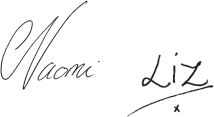
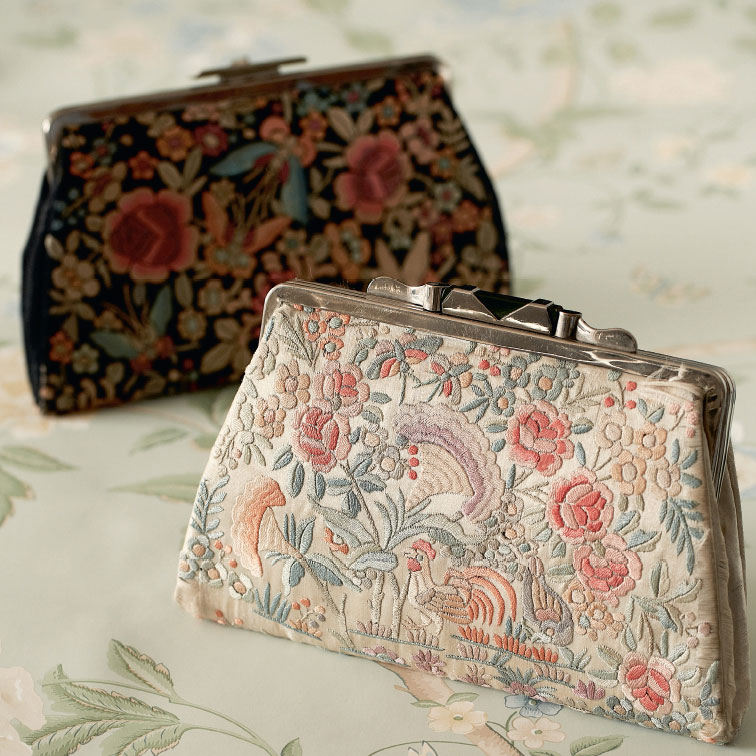
Liz: This cream 1930s embroidered bag, purchased by my mum in a charity shop when I was seven, started my obsession with vintage. The black example features a near identical design, but came from ebay in 2013.
Hats and Headpieces
Cock your hat, angles are attitude Sinatra
Women have been expected to cover their heads since the dawn of time, but it wasnt until the eighteenth century that the milliners of Milan took hat making out of the home and into the fashion arena for women.
There is no doubt that hats are now making a comeback. Once the preserve of churchgoers and royals, a new generation of talented milliners have reclaimed the art of hat wearing. These efforts were almost hampered by the worst thing to happen to the world of millinery: the rise and rise of the fascinator. The best thing to happen: the subsequent demise of the fascinator. The fascinator backlash culminated in the 2012 ban of said frothy headpieces at Royal Ascot, where they were deemed too informal. A headpiece with a base of four inches or more is now de rigueur.
Style-wise, donning a hat is the easiest way to make a strong and instant impact. It can change the way you hold yourself, how you walk and dramatically alter your silhouette. There are an abundance of plain felt and straw hats from the 1970s onwards to be found in thrift and charity shops, usually for very little. These make the ideal base for customising a hat to your tastes or altering a newer hat into an older style.
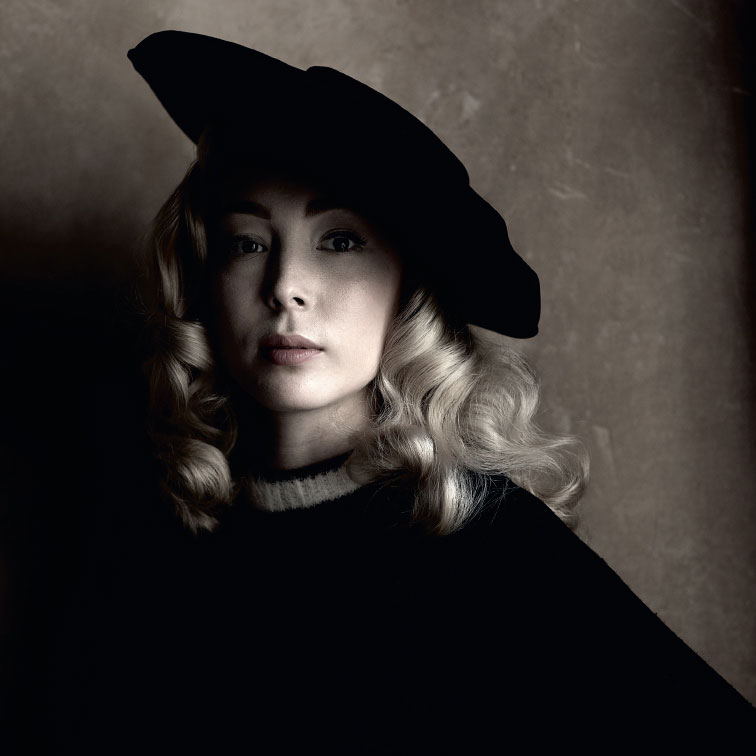
Next page
